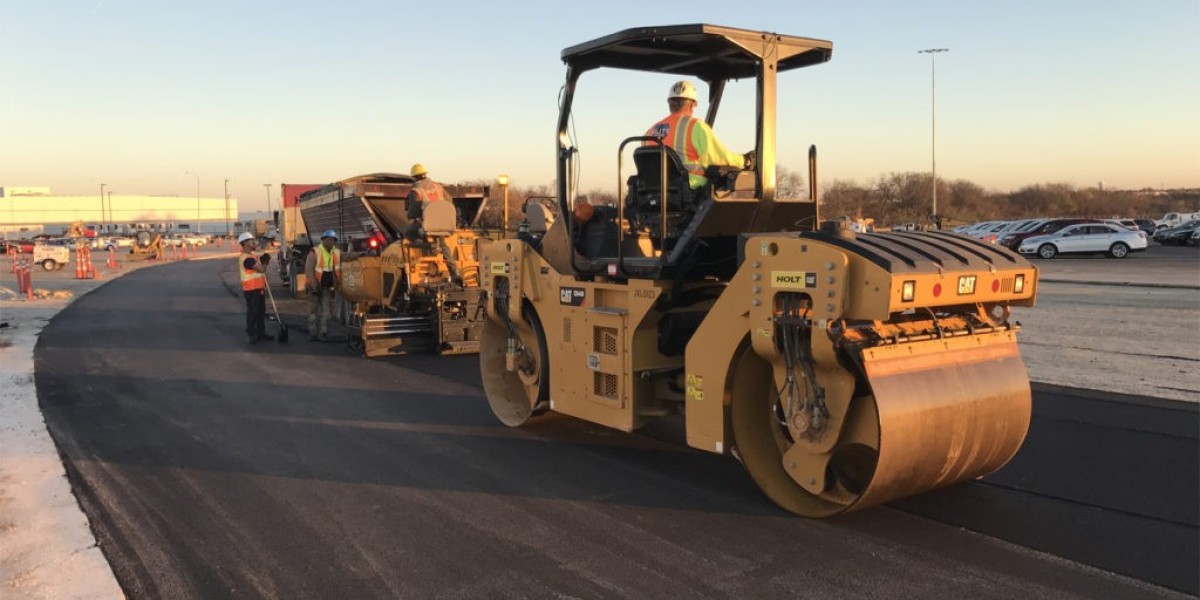When a new building is developed, its impact extends beyond the structure itself. One of the most important aspects of this process is the new building roadway—the design, approval, and construction of the sidewalks, curbs, and street connections surrounding the property. In cities like New York, this requirement is overseen by the Department of Transportation (DOT) and the Department of Buildings (DOB) to ensure safety, accessibility, and compliance with public infrastructure standards.
What Is a New Building Roadway?
A new building roadway refers to the infrastructure improvements adjacent to new construction. This typically includes:
Sidewalk installation or repair to meet accessibility and safety standards.
Curb construction or modification to align with existing roadways.
Pedestrian ramps that comply with ADA (Americans with Disabilities Act) requirements.
Drainage adjustments to manage stormwater and prevent flooding.
Street alignment to integrate the new building with surrounding public infrastructure.
These elements ensure that a new building not only fits into the cityscape but also provides safe and efficient movement for pedestrians, vehicles, and emergency services.
Why Roadway Work Is Required for New Buildings
Public Safety: Properly designed sidewalks, curbs, and crossings reduce the risk of accidents.
Accessibility: ADA-compliant ramps and walkways guarantee access for all individuals.
Infrastructure Integration: Aligning the building with existing streets prevents traffic and drainage issues.
Legal Compliance: A roadway plan is required before obtaining final sign off and a Certificate of Occupancy.
Neighborhood Aesthetics: New buildings enhance not only the property itself but also the surrounding environment.
The Role of the Builders Pavement Plan (BPP)
The Builders Pavement Plan (BPP) is central to roadway requirements for new buildings. Approved by the DOT, this plan outlines how sidewalks, curbs, and pedestrian ramps will be constructed or repaired around the property.
Key features of a BPP include:
Measurements and layout of sidewalks and curbs.
Locations of pedestrian ramps.
Drainage and grading details.
Coordination with existing city infrastructure.
A BPP must be submitted, approved, and completed before the DOB can grant final sign off for a new building.
Steps to Completing a New Building Roadway
Submit Builders Pavement Plan
An architect or engineer prepares and files the plan with DOT for approval.Construction of Sidewalks and Curbs
Contractors carry out the roadway work as per approved designs.Inspections
DOT inspects the sidewalks, curbs, and ramps to ensure compliance with standards.Corrections, if Necessary
Any deficiencies found during inspection must be corrected.Sign Off and DOB Approval
Once the DOT signs off on the roadway work, the DOB can proceed with issuing a Certificate of Occupancy.
Common Challenges in Roadway Approval
Delays in DOT Approval: Submissions may be rejected due to incomplete or incorrect details.
Non-Compliance with ADA Standards: Pedestrian ramps are a frequent cause of revisions.
Coordination Issues: Aligning the new construction with existing utilities and infrastructure can be complex.
Cost Overruns: Roadway work often requires unexpected repairs to city property.
A new building roadway is more than just a regulatory requirement—it is a crucial step in integrating a new development with the city’s infrastructure. From sidewalks and curbs to ramps and drainage systems, these improvements ensure safety, accessibility, and long-term value for both the property and the surrounding community.
For developers and property owners, understanding and planning for roadway requirements early in the project can save time, reduce costs, and avoid delays in obtaining a Certificate of Occupancy. Ultimately, a well-executed new building roadway supports not only the building itself but also the quality of life for everyone who uses the space around it.








